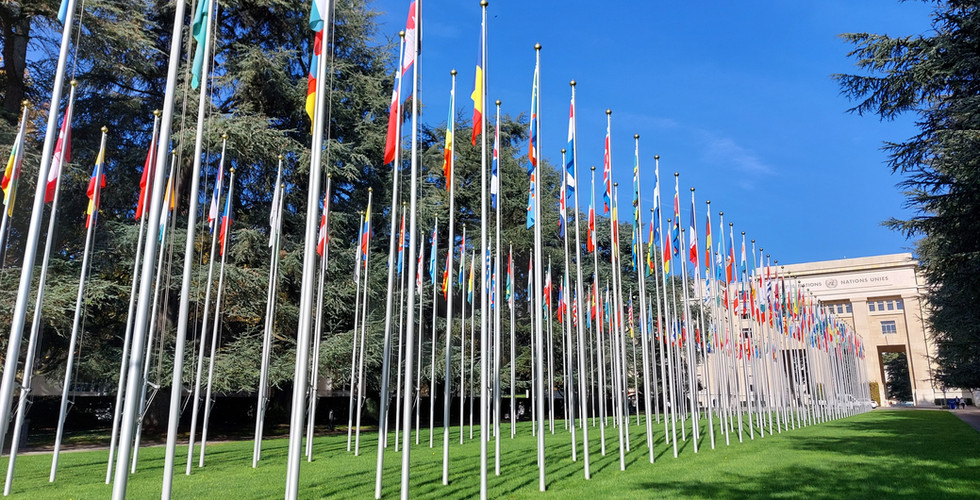
When it comes to LinkedIn Ads, especially in B2B, the expectations are often high: reaching decision-makers directly, generating quality leads, and boosting branding strategically. But is LinkedIn Ads the magic solution for all B2B campaigns?
The short answer: it depends.
LinkedIn stands out for its unique targeting capabilities, allowing you to focus ads on specific roles, particular industries, and even individual companies. However, it’s not a channel for quick results. LinkedIn is not a short-term lead generation engine. Instead, it’s a tool for building long-term relationships, educating your audience, and strengthening brand authority.
So, when does it make sense to use LinkedIn Ads?
Launching campaigns for products or services that require market education.
Promoting webinars and events that provide value to your audience.
Remarketing campaigns for audiences that have already engaged with your brand and are advanced MQLs.
By advanced MQLs, I mean those Marketing Qualified Leads (MQLs) that match your buyer persona, have interacted with the brand or its content, and show commercial interest because they’ve visited BOFU pages (product pages, offer pages, add to cart, etc.).
On the other hand, if your goal is immediate conversions, it may be better to consider other platforms. LinkedIn excels when you have resources for long-term investment and a focus on value-driven content.
Why is LinkedIn Ads still important for B2B businesses?
The true strength of LinkedIn Ads lies in its ability to target with hyper-precision: roles, industries, professional experience, and specific companies. This makes it an ideal channel when the goal is to reach highly specific and qualified professional audiences. However, this also comes at a price: the cost per click is usually higher than on other platforms like Google Ads or Meta Ads.
What can you really achieve with LinkedIn Ads?
Long-term demand generation and branding: LinkedIn is perfect when the goal is to educate your audience before selling to them. Think of informative content that solves specific industry problems, like whitepapers, case studies, or webinars that help to strengthen brand authority.
Smart remarketing: This is where things get a bit sophisticated. Retargeting on LinkedIn allows you to re-engage those who have already shown interest in your content or visited your site. That said, LinkedIn remarketing tends to work better for audiences already advanced in their buying journey, rather than cold prospects.
More complex offers require more elaborate creatives: Video ads can work quite well, especially when they feature participation from key members of senior management. This generates a more personal and trustworthy connection with the audience.
What LinkedIn Ads is NOT:
It is not the ideal channel for quick lead generation or direct sales if your audience is cold. LinkedIn requires patience and continuous investment in education and trust-building—something many brands overlook. If your product or service is highly disruptive and there’s demand, you could try direct conversion. Otherwise, it’s best to focus on building long-term relationships.
So, is LinkedIn Ads a good solution for B2B?
It’s a strong channel, but not a magic solution. Optimise for the long-term, educate your audience, and don’t underestimate the value of high-quality content. If used with the right mindset, it can be one of the best tools for positioning your brand and generating qualified demand in the B2B space.
What do you think? What’s been your experience with LinkedIn Ads in B2B?



